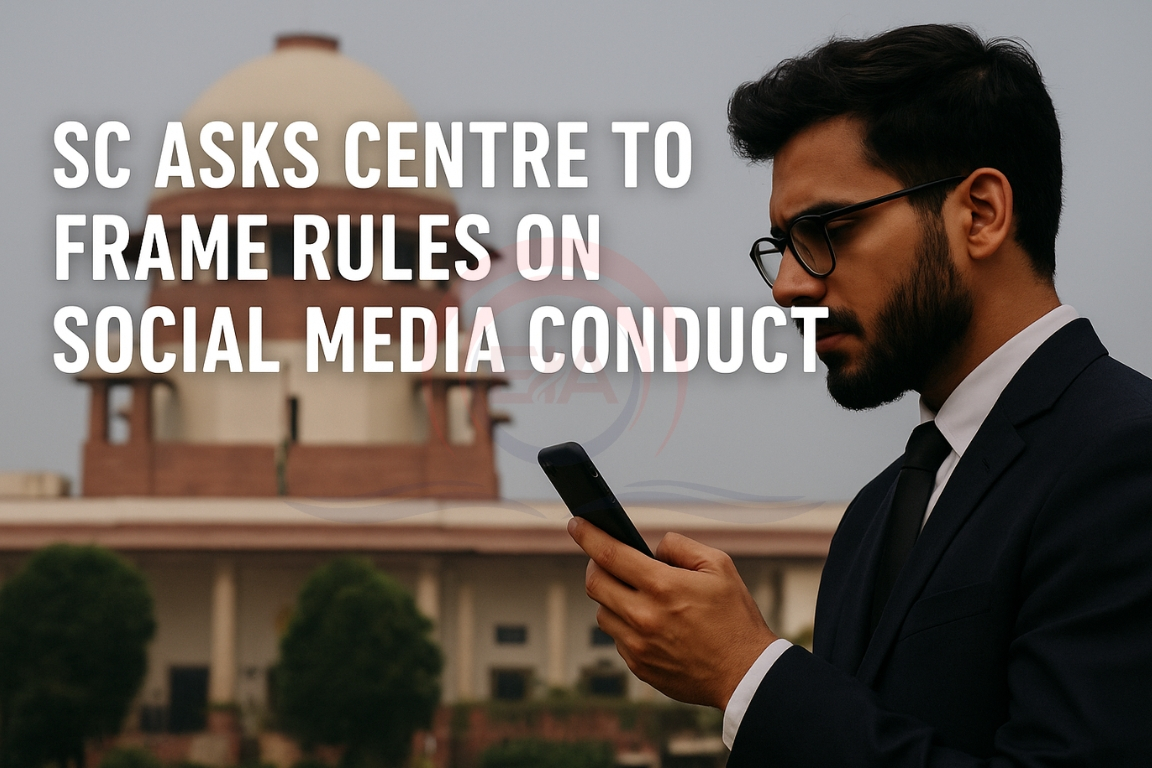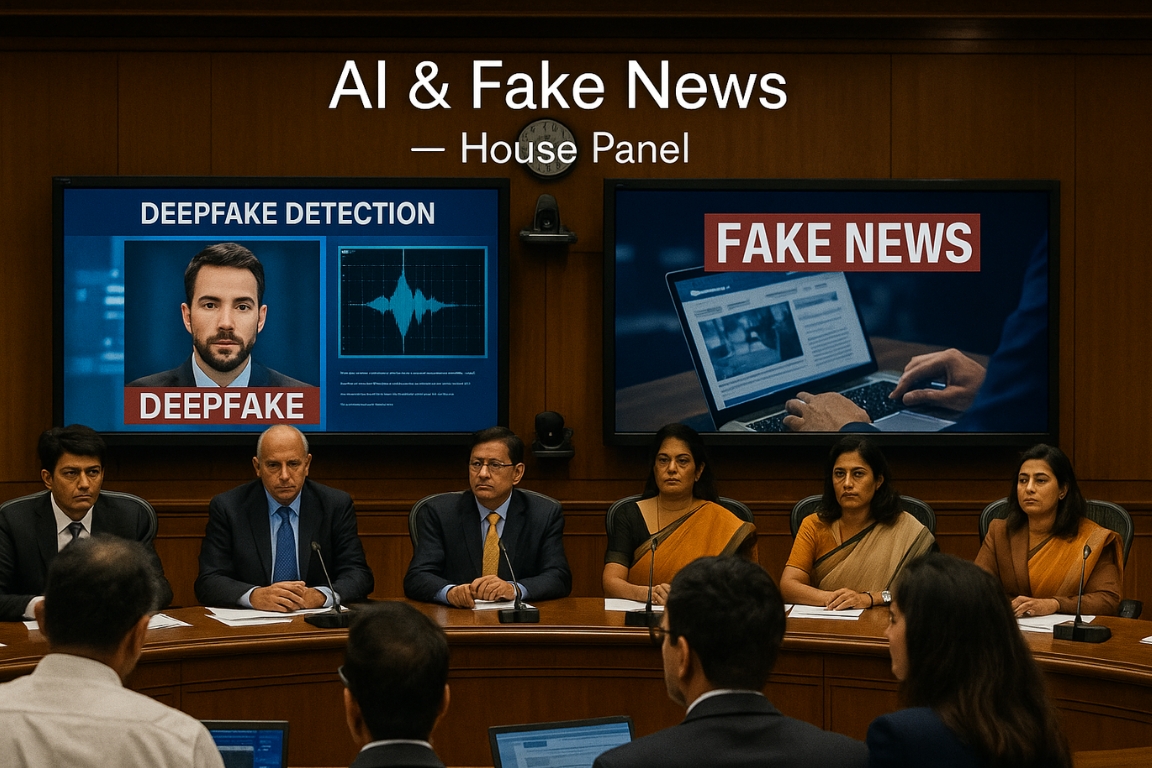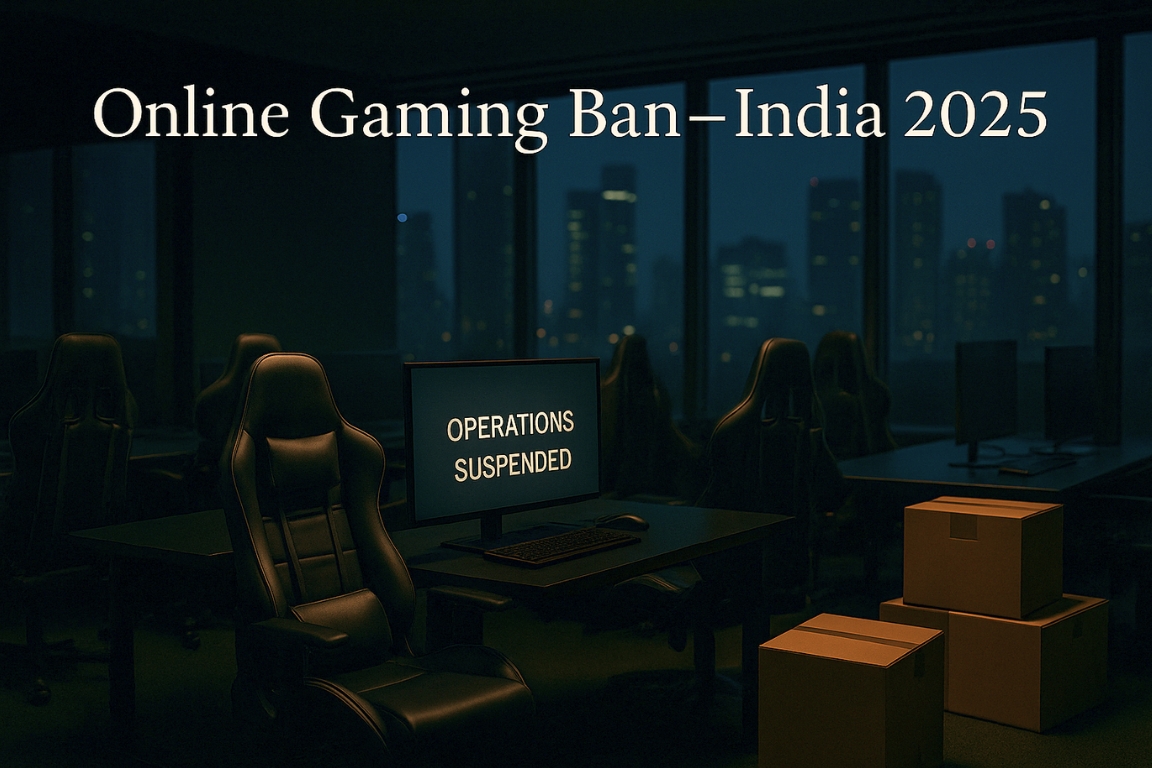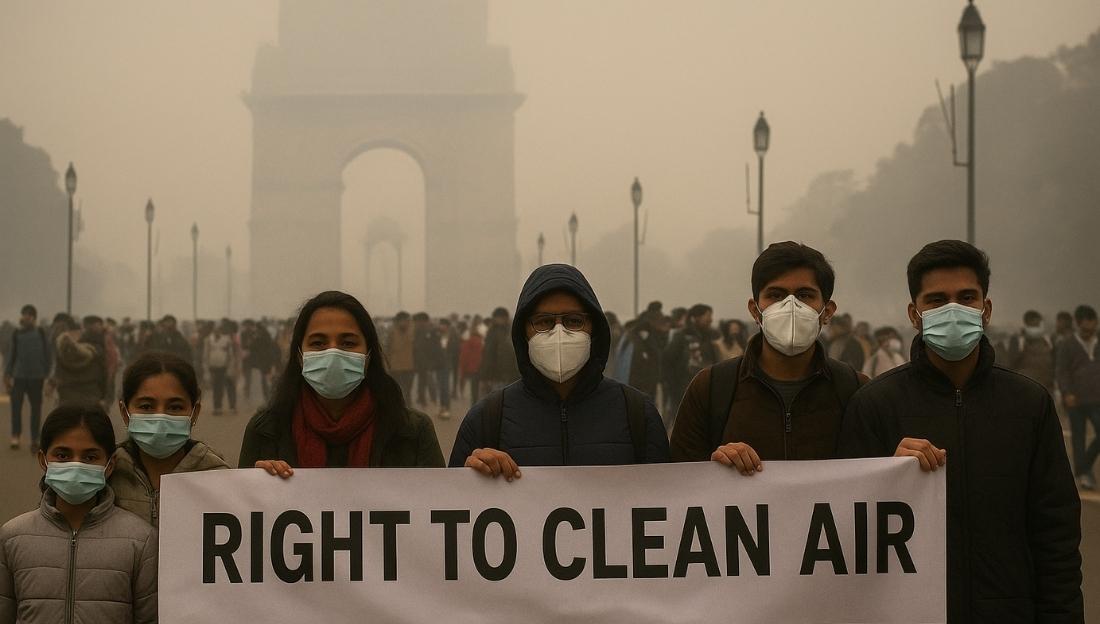The Supreme Court has asked the Union government to prepare guidelines on social media behaviour to balance freedom of speech with the dignity of diverse groups. This comes in the backdrop of a case against comedians for making derogatory remarks about persons with disabilities.
Background of the Case
- The case involves stand-up comedians, including Samay Raina, who were accused of mocking persons with disabilities.
- Petitioners argued that such remarks misuse the right to free expression and demean vulnerable groups.
- The court observed that insensitive humour weakens the constitutional goal of mainstreaming marginalized communities.
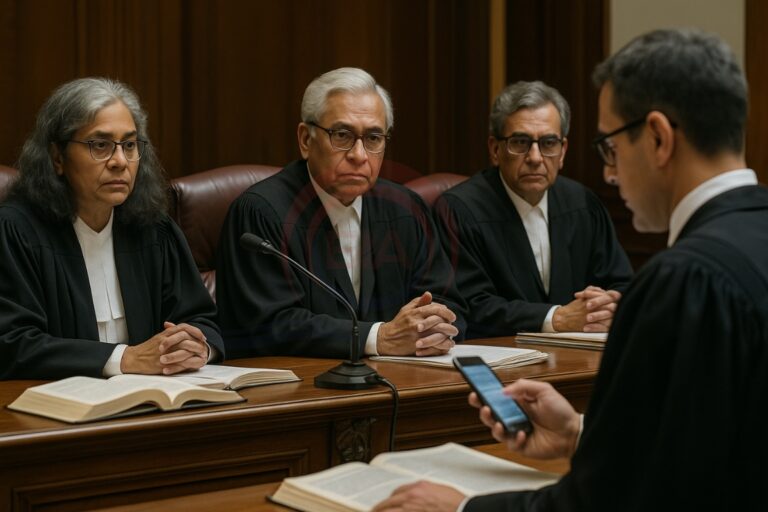
Court’s Observations
- Commercialisation of Free Speech: Social media influencers often earn from their content, which increases their responsibility not to offend societal groups.
- Impact on Society: Comments on digital platforms can affect sentiments of people, especially persons with disabilities, women, children, elderly, and minorities.
- Freedom vs. Harm: The Bench clarified it was not curbing free speech, but expecting a clear line between free expression and harmful content.
- Consequences Needed: Rules must provide proportionate and enforceable consequences for violations, not just token penalties.
- Role of Humour: Judges acknowledged humour as essential in life but stressed it must not cross boundaries of dignity.
Attorney General’s Stand
- Sensitisation First: The Centre said the aim of guidelines will be to educate and sensitise social media users.
- Accountability: Those who cross the line must take responsibility for their content.
- Nature of Speech: Court classified speech into three forms—free speech, commercial speech, and prohibited speech—highlighting that influencers’ content often overlaps between the latter two.
Wider Concerns Raised
- If unchecked, mocking remarks today about disabled persons could tomorrow target women, children, or senior citizens.
- Influencers have a powerful impact on young audiences, making their words carry greater weight.
- Instead of only apologising, they could be used as ambassadors of sensitivity on social platforms to spread awareness.
Conclusion:
The Supreme Court’s intervention reflects the need to create a balance between free expression and social responsibility in the digital age. Framing guidelines can help protect vulnerable communities while ensuring that freedom of speech remains intact.


